The Diamond Quilt has become too large to carry around with me. Therefore, everything has to be done at home now. After completing my binding torture experiment I decided to to add one last row of hunter green hexagons along the edge of the quilt top. All along the way during the construction of this quilt top I have kept track of my time. Sometimes I estimated my time by seeing how long a specific section would take, and then I simply completed the other corresponding sections at my leisure, and did the math to come up with a total for the time spent. All that remains now is the last border of hexagons on the quilt top. I’ve decided to time that step with the stop watch. I’ll do the same for the basting, quilting, and binding. When it is all said and done I will be interested to calculate the number of hours spent per square foot of finished product.
I’ve worked nearly seven hours so far on the last row of hexagons. I’ve added 66 hexagons so far, and I’m not even halfway done. My time spent comes to a little over six minutes per hexagon for three seams. That feels slow, but I don’t like to rush.
Following are photographs of the last row of hexagons being added. The first two photographs show the quilt top from the front and the back with the paper pieces still in place.
The next two photographs show the quilt top from the front and the back after the paper pieces have been removed.
You may notice that the last row of hexagons was basted so that the basting stitches do not show at all from the front. These basting stitches do not need to be removed. The row just before the last is basted so the stitches show from the front, and those stitches must be removed. The “invisible” basting method takes more time, but I decided to use it for the final row because it would stabilize the seams when I removed the papers. I also thought that this method of basting would add to my stitching pleasure as I completed the final row of hexagons. I was right. I am really enjoying adding the final row of hexagons. It is such a peaceful activity.
I’m listening to an audio book as I add this final row of hexagons. The book will probably be finished before I compete the final row of hexagons. Interestingly enough, the book is titled “The Seamstress”. It is a fictional account of a Hungarian Jew who lived through the Holocaust.
A look at the back of the quilt top shows that I used the method of basting that requires removal of basting threads for the majority of the quilt top. The trimmed seams devoid of basting stitches have a certain simplistic beauty to them. When I showed my paper piecing work at an artist’s meet up group a few months ago the attendees focused on the beauty of the back of the work as well as the beauty of the front. I hadn’t thought about it until they drew my attention to how beautiful the back was. I then started to appreciate the beauty of what would eventually be hidden from view.
While that method of basting has it’s aesthetic merits, it also presents the need to trim basting stitches that don’t quite work their way free, but do manage to get pulled to the back side when the paper pieces are removed.
I think there are definite advantages to both methods of basting. That might be a good subject for a future blog post.
What method do you use to baste your hexagons? Why do you use it? Have you tried both methods?
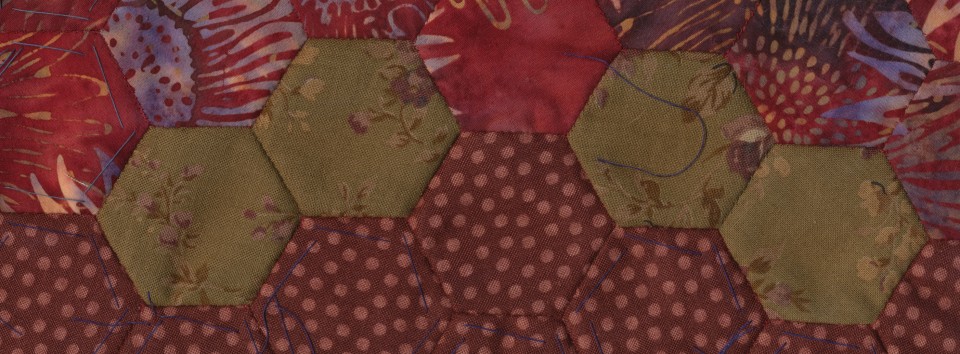
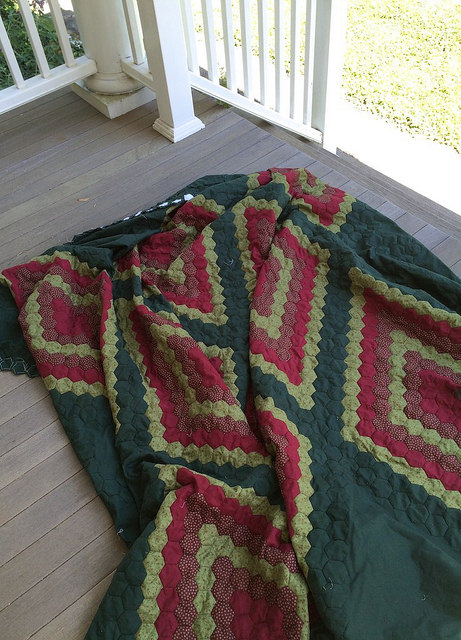
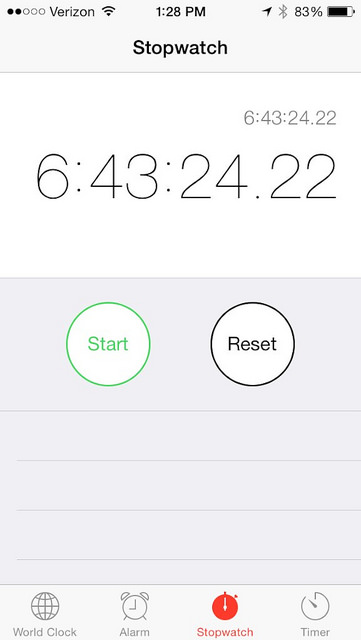
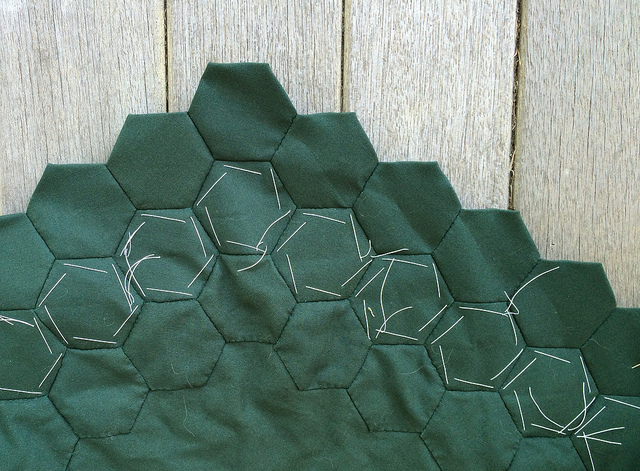


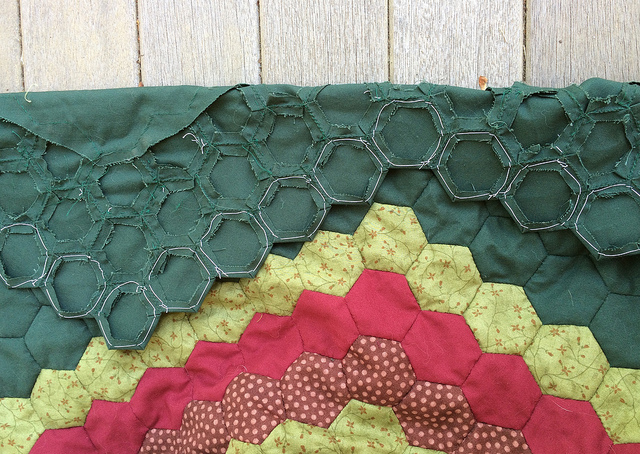
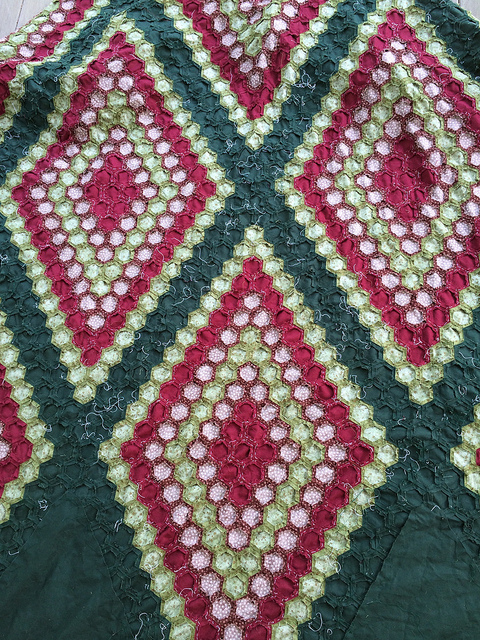
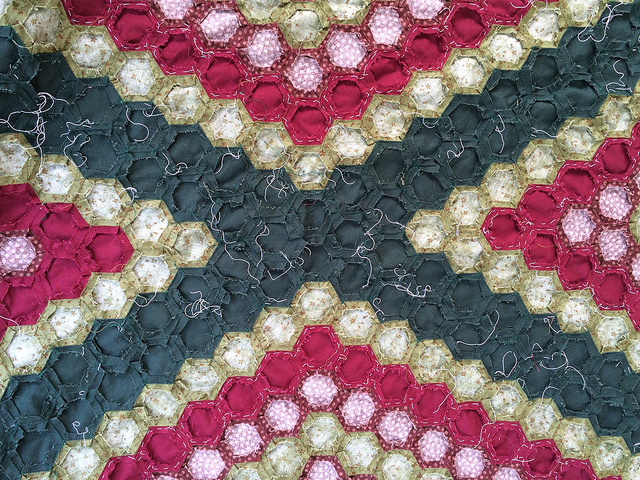
How brave you are! I would never dare to time myself or to admit how much time I spend sewing.
My inclination is to time just this one project. I guess I feel the need to have a ballpark idea of how long such a thing takes. After I know I will probably not want to punish myself by rubbing my face in how much time it consumes in future projects. The Flower Garden quilt is being done without timing of any type.
I think it’s great to know how long it takes for a project like this. I know (approximately) how long it takes me to make one Grandmother’s Flower Garden unit (my favorite EPP block), and it makes me more inclined to make one when I know I have that 35 minutes, but maybe not much more.